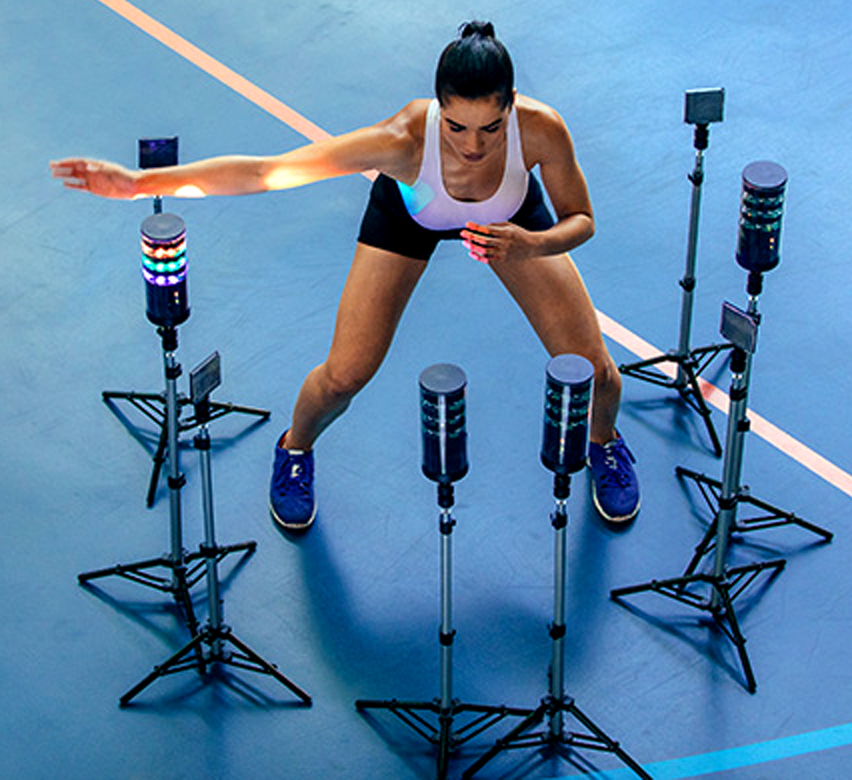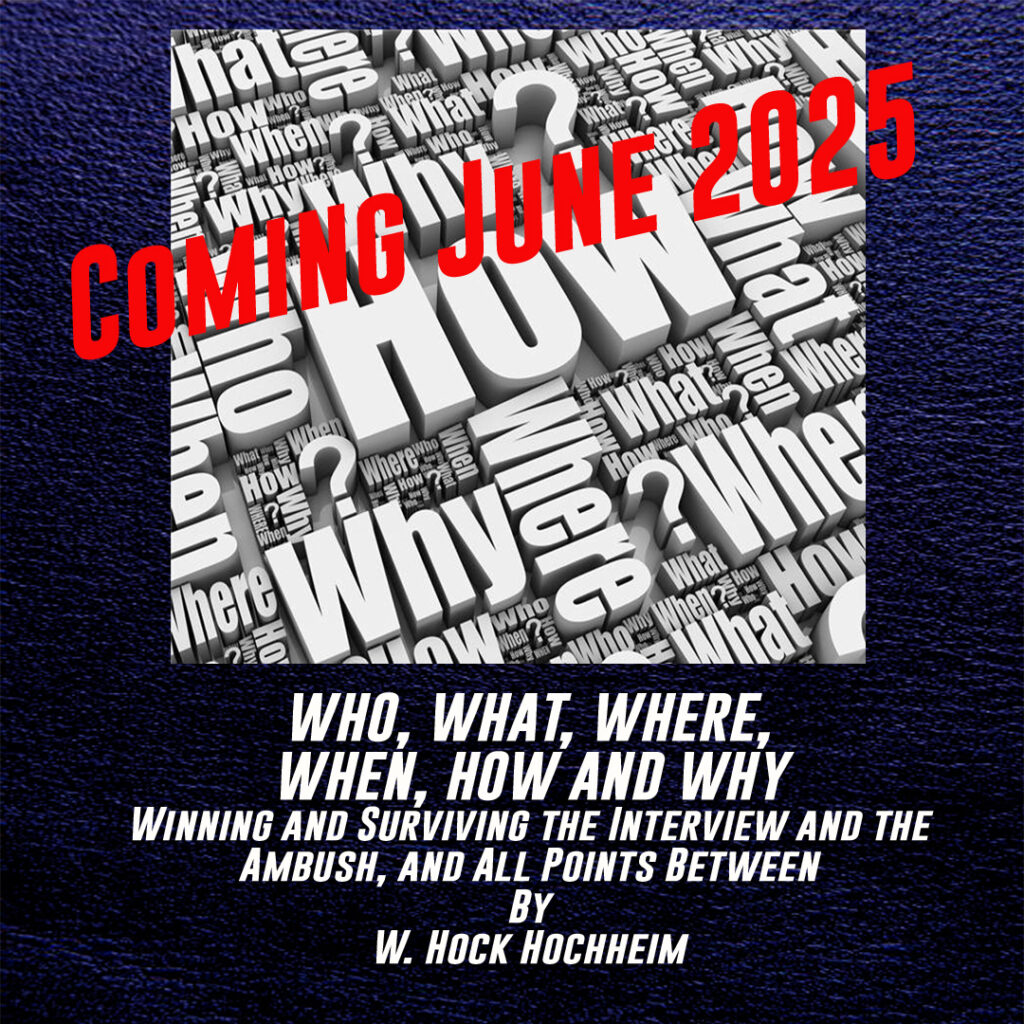
HOW Question 14: How long is a martial second? A sports second?
A second is a second, you might say. But, in the martial and sports worlds (and even the stock markets), they worry about split second response times to incoming attacks. Response-reaction-time is defined as the time between a stimulus and a response. Through the years instructors belittled your survival chances to respond to an attack by scaring people about response times. After all, the ambush lives and breathes inside the failure to respond. In the opposite realm, many instructors have ignored the subject. In the 1990s and 2000s the martial arts, the self defense and combatives worlds were riddled with some depressing, confusing myths on the topic of reaction time and it was treated like an ogre, almost impossible to overcome.
I have been investigating and writing about this subject since the 1990s. All researchers agree that action beats reaction and part of that equation is:
- your state of mind, etc. before the event.
- your abstract muscle and nerve conditioning.
- your specific training on the actual event.
Still, it takes physiological time to recognize small and big threats and respond. And worse if the attack is a total ambush, if the victim is “cold,” this compounds the time problem. By misunderstanding the length of a second when in a hand, stick, knife or gun fight, one can become depressed and misinformed. You would hear response time fighting expressions like:
- “In about a second, you will…”
- “It takes about a second to…”
- “It takes a few seconds for…”
- “It takes about half a second to…”
Seconds. Which is why I ask people, for starters, “how long is a second?” Do they really know? Can you really fathom how short a second is? I mean, how really, really short a second is?
For starters, did you know, or if known, have you fully digested the fact that scientists have broken down the single second into milliseconds? There are 1,000 milliseconds (ms) in one second. Can you digest and grasp that microscopic passage of time? I can’t. Did you know that:
“The duration of a eye blink is on average 100–150 milliseconds’ – Harvard Database of Useful Biological Numbers.
“We all have a measurable reaction time. The average reaction time to visual stimulus is around 250 milliseconds, and most people seem to be hard capped at around 190-200 ms with training.” – Florida’s Institute for Human and Machine Cognition
One must then ask, how exactly do these brainiacs come up with human reactions time results?
“Human reaction time is measured by recording the time elapsed between the moment a person is presented with a stimulus (like a light or sound) and the moment they initiate a response, typically by pressing a button or keyboard keystroke which is then used to calculate their
reaction speed; essentially, it’s the time taken to react to a given signal.”
Eyes to fingers. A finger! Yes, ladies and gentlemen, finger, button pressing. Not dodging a punch, returning a serve in tennis, dodging a car crash, drawing a gun. This relates to the situational factors involved too, how long you have been doing it or practicing it, as you can imagine.
Nice Catch! Have you ever almost dropped something, a dinner fork, or a cup sliding of a table? And you caught the object in like, a lightening flash? A neighbor says. “nice catch!” You say to yourself, “Wow, I am fast!” By the way, there are “drop stick” science reaction tests. One is as simple as dropping a 12 inch ruler right in front of someone, ready to grasp it. Primitive, and think about it, the result is totally about one small task – catching a dropped ruler as you sit at-the-ready- to catch it.

There are more elaborate “drop stick’ tests. One which encompases quite a high-tech, rig-setup, computer connected, which, as you can guess, still can only record catching a particular short stick dropped from a particular stand. You are standing at the ready, primed to catch. No surprises, no ambush startle and recovery, no cold, catches. Ready and alert like awaiting a tennis serve, affects your reaction time.
We all have some natural speeds at reacting to things, and then can have some developed reactions from abstract methods, like for example playing ping pong. You might and should be a beneficiary from abstract training and activating muscles and nerves that could develop some “nice catches” in life.
“Catching” your handgun out of the holster. Handgun training obsesses-emphasizes timing the act of a pistol quickdraw. Drawing only, and then drawing and shooting. I wish that the hand, stick and certainly knife world would train with many of the deep dive concerns the gun world can have on their firearm topics.
Despite all the diverse, situational facts involved with the gun shootout-combat, much time and effort is put into the pistol draw and shoot. Every pistol course comes equip with some sort of start-and-stop, beeper timer.
But every pistol course, doctrine warns the shooter that their draw depends upon:
- the situation.
- the exact cue to draw.
- your reaction time to that cue (includes any startle recovery.)
- what gun you have.
- what holster you have.
- where your holster is.
- what clothes you have on.
- Note – most criminals don’t even have holsters.
- Note – not all gunfights start in this western style, quickdraw standoff, still, so much training time is spent on this possible quickdraw event.
And so forth. Any and all of the above, adds that “second or two, to your stress, survival draw situation. A summary on this subject rounds out to these numbers. Keep in mind this is shooting range, mentally-prepped non-cold data timings.
- a beginner might take closer to 2-3 second to draw and shoot.
- a typical, average pistol draw time for a pistol, is around 1-2 seconds with a skilled shooter.
- elite competitive shooters can draw and fire a shot in less than half a second!
Using the quick draw timing is one example of second shaving. Where is sports and combat can you shave seconds? Task-oriented, repetition training in specific small and big events-tasks is the only shaving formula, the “myelin racetrack” to improving reaction time. Be goal specific.
“Reaction time is the ability to respond quickly to a stimulus. It important in many sports and day to day activities, though it is not often measured. Simple reaction time is the time taken between a stimulus and movement e.g., sprint start. Such simple reaction time depends on nerve connections and signal pathways, is ‘hard wired’ in your body composition and cannot be improved. Another type of reaction time,choice reaction time, is the time taken between stimulus and action which requires a choice. Choice reaction time can be improved by practice and training.” – TopEndSports
Institutes like Force Science, sports labs, etc. are testing individuals based on tasks, beyond-the-drop-stick-finger.” Can you improve your reaction speeds? By a second? By a few milliseconds? Try it out and see. How long is your martial and sports world second?
(Myelin insulates nerve fibers, allowing electrical impulses to travel quickly and efficiently between neurons. Myelin is made up of protein and a fatty substance that forms a sheath around nerves, including those in the brain and spinal cord. Myelin and repetition training are closely linked, essentially creating “muscle memory.” The more you repeat an action, the thicker the myelin sheath becomes, making the skill feel more natural and effortless.- Medicine Plus)
Hock’s email is Hock@Hockscqc.com
This is an excerpt from Hock’s upcoming book,
